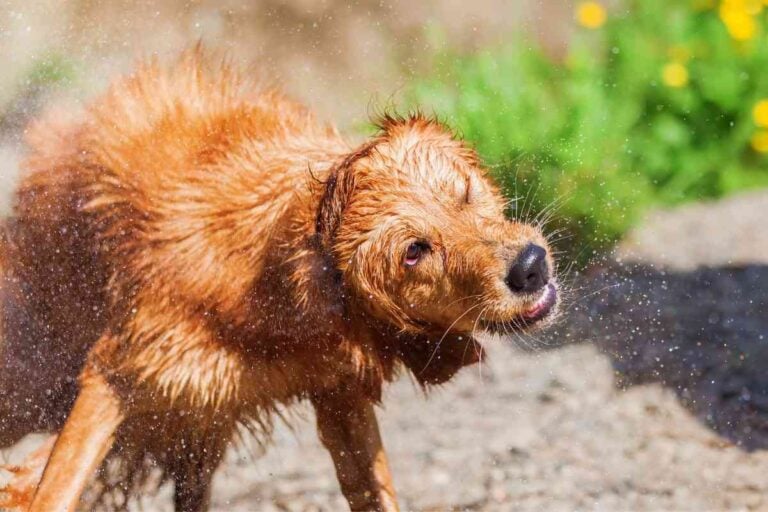Variations Among Labrador Retrievers: Understanding the Differences
Choosing the right Lab for you goes much deeper than what color you want (athough that’s a consideration too). This complete guide on the variations among Labrador Retrievers will help you find the dog for you, or just understand more about this fascinating breed.

Variations Among Labrador Retrievers
The first variation in Labrador retrievers is between the stockier, calmer English Labs and the more agile, energetic American Labs. Labradors also present a spectrum of coat colors, from the standard black, yellow, and chocolate to the more controversial shades like silver and champagne. Whether bred for fieldwork, show, policework, service, or as household companions, the multifaceted Labrador Retriever continues to captivate with its diverse range of types and traits.
From dogs bred for show, hunting, or military work to how Labs destined to be service dogs are chosen and developed, here’s your complete guide to types of Labrador.
If you’re looking for a Labrador to adopt, check out breed listings from Lab clubs and associations and check out some Labrador rescues.
Why So Many Variations Among Labrador Retrievers? Delving into Origins and Popularity
The Labrador Retriever, with its affable nature and versatile skill set, has captured the hearts of many worldwide. But how did we end up with so many types of Labradors? The answer lies in the breed’s rich history and its soaring popularity.
Origins
The roots of the Labrador Retriever trace back to Newfoundland, Canada. Here, they played a crucial role alongside fishermen, retrieving fish that had slipped away from hooks or evaded nets.
Their keen senses, combined with a natural affinity for water, made them invaluable assistants in these maritime tasks.
In the early 1800s, these dogs caught the attention of English nobility, who saw potential in them beyond fishing. Brought to England, they underwent further refinement as hunting and retrieving dogs.
Initially known as the St. John’s Dog, named after the capital of Newfoundland, their name eventually evolved to the Labrador Retriever, a nod to the Labrador Sea off the coast of Newfoundland.
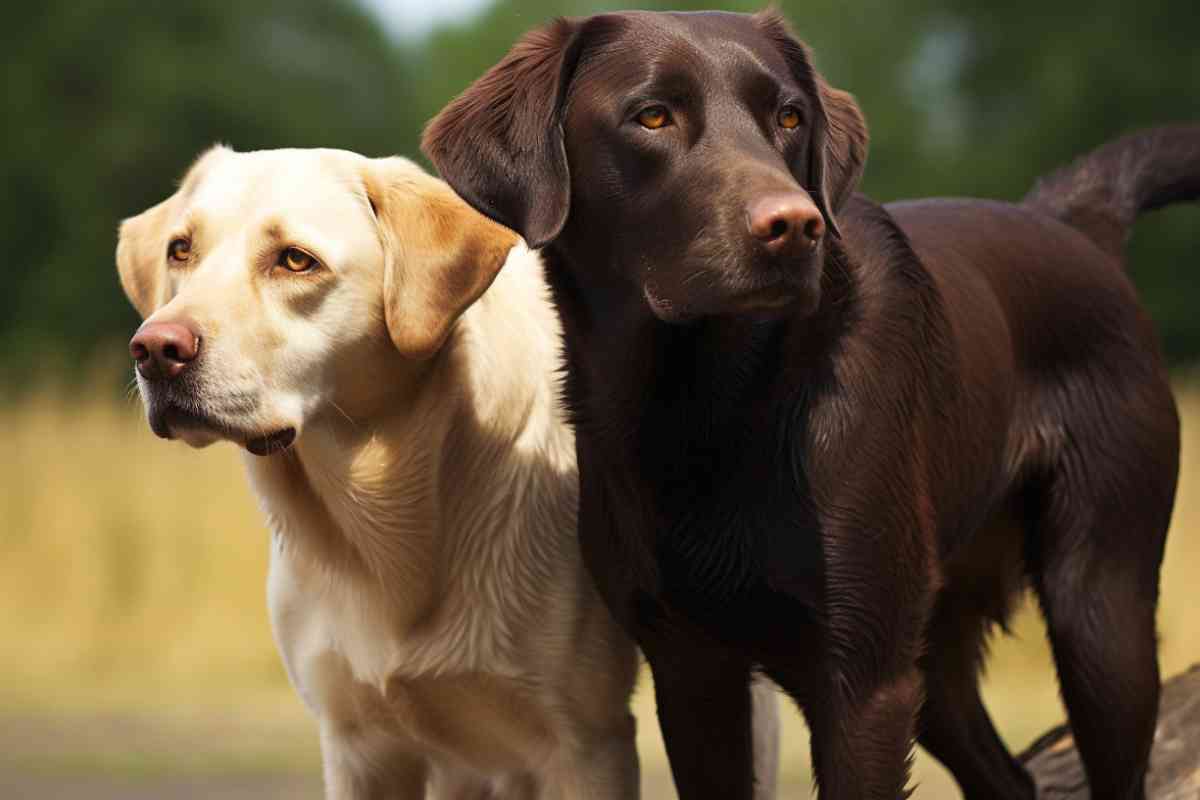
Popularity
The Labrador Retriever’s rise to fame is nothing short of remarkable. For an impressive 31 consecutive years, they have held the title of the most popular dog breed in America, as per the American Kennel Club (AKC) registration statistics.
But their appeal isn’t limited to the U.S. In countries like Canada and England, Labradors also rank among the top favorite breeds.
Several factors contribute to their widespread popularity. Their friendly and loyal nature makes them ideal family pets, forging deep bonds with both adults and children.
Additionally, their intelligence and trainability mean they excel in various roles, from service and therapy dogs to search and rescue operations.
Diversity Within the Breed
The Labrador’s origins and immense popularity have led to its diversification. As breeders across different regions aimed to enhance specific traits, various types of Labradors emerged.
Some were bred for fieldwork, emphasizing agility and drive, while others were tailored for show rings, focusing on conformation and appearance. Additionally, as demand for specific coat colors grew, breeders also began to prioritize color genetics.
Labs bred for service work and police and military work are bred for traits specifically tailrored to these roles.
American vs English Labradors
Physical Differences
At first glance, the most noticeable difference between the English and American Labrador is their build. English Labs are characterized by a stockier and broader physique, giving them a robust appearance.
Their features are more pronounced, and they tend to have a lighter coat color compared to their American counterparts. This lighter shade, combined with their stout build, often makes them stand out in a crowd of Labradors.

Temperament and Behavior
Beyond physical attributes, there’s a general consensus among many enthusiasts and breeders regarding their temperament. English Labs are often described as being calmer and quieter.
Their demeanor is such that they’re seen as gentle giants, making them ideal companions for families and individuals alike. On the other hand, American Labs are known for their high energy and drive.
Their spirited nature is a testament to their fieldwork origins, making them excellent partners for outdoor activities and adventures.
Purpose and Breeding
Both English and American Labs have a rich history of being bred for fieldwork. Their keen senses and trainable nature make them invaluable in tasks like hunting and retrieving. Moreover, their versatility doesn’t end there.
Both types have found their way into service work, assisting individuals with disabilities and even participating in search and rescue missions. Additionally, their affable nature and striking appearance have made them favorites in pet shows and households worldwide.
In the upcoming section, we’ll delve deeper into the roles both English and American Labs play as field workers, service dogs, and pets/show participants. Their multifaceted roles in society are a testament to their adaptability and enduring charm.

Labrador Types By Purpose:
Show and Pet Line Labradors: Bred for Beauty and Companionship
Show Labradors are primarily bred for conformation. This means they are raised to meet the breed’s standard phenotype, ensuring they align with the idealized markers of the breed’s appearance.
These Labradors often have a bulkier build compared to field retrievers. Their genes play a crucial role in determining their physique, with a dominant gene often contributing to their stocky appearance.
Their coat colors, whether black labs, yellow labs, or chocolate labs, are vibrant and consistent, making them stand out in the show ring.
Temperament and Lifestyle
Beyond their appearance, show and pet line Labradors are renowned for their calm and affable nature. Their genotype has been tailored over generations to produce dogs with a lower drive than field retrievers.
This doesn’t mean they lack energy or playfulness; instead, their energy is more measured, making them ideal companions for families and individuals alike. Whether it’s a reward-based training session or a leisurely walk in the park, these Labradors are always eager to please.
Genetic Considerations
Breeders pay close attention to the genetic makeup of show and pet Labradors. Factors like the dilute gene, eebb, and pomc are considered to ensure the dogs’ health and appearance align with desired standards.
While obesity can be a concern in some lines, due to their bulkier build, a balanced diet and regular exercise can mitigate such risks.
Field or Hunting Labradors
Labrador Retrievers, known for their adaptability and diverse skill set, have specific lines bred for distinct purposes. Among these, the field-bred Labradors stand out for their unparalleled energy, drive, and hunting prowess.

High Drive and Energy
Field Labradors are the epitome of stamina and drive. Bred specifically for hunting and retrieving tasks, these dogs come equipped with an energy reservoir that demands regular channeling.
Owners of field Labradors can attest to their need for several hours of exercise daily. Whether it’s a game of fetch, agility training, or long treks, these Labradors thrive on activity.
Prey Drive and Household Dynamics
With a heightened prey drive, field Labradors are laser-focused when it comes to tracking and retrieving. This instinct, while invaluable in the field, can sometimes make them less suitable as household pets, especially in homes with smaller animals.
Their innate desire to chase can be a challenge in more relaxed, domestic settings.
Contrasting the Show and Pet Labs
While field Labradors excel in outdoor pursuits, Labradors bred for pets or show often have different attributes. The latter are typically bred with temperament and appearance as primary considerations, making them calmer and more aligned with breed standards set for show rings.
As a result, pet or show Labradors might not possess the same hunting prowess as their field-bred counterparts. Their energy levels, while still significant, are more subdued, making them ideal companions for families seeking a more relaxed canine member.
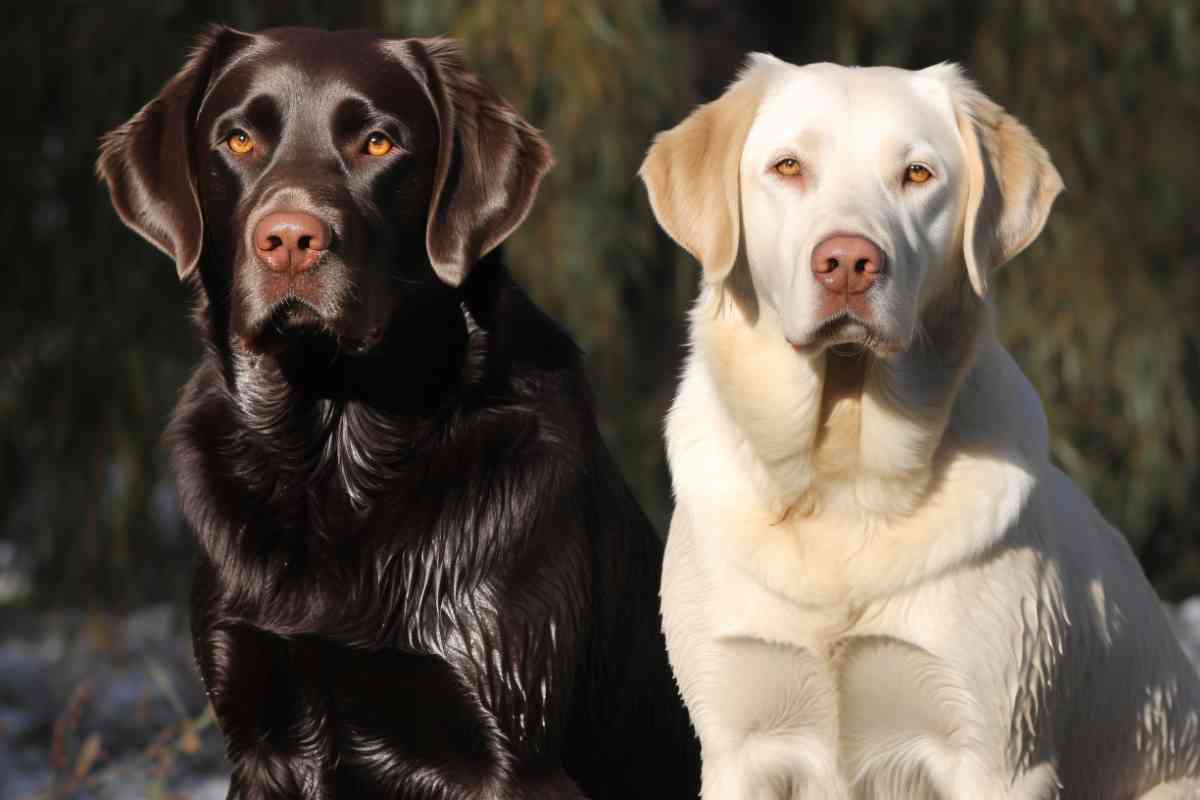
Appearance and Breeding Goals
One of the striking differences between field and show Labradors is their appearance. Field Labradors are bred based on performance in the field, not the show ring.
This performance-centric breeding often results in a leaner, more athletic build, contrasting the stockier appearance of show Labradors. Their coat, tail, and overall physique are tailored for functionality, agility, and endurance rather than aesthetics.
Service Dog Labradors
Labrador Retrievers are among the most popular and versatile dog breeds worldwide. Their intelligence, trainability, and gentle temperament make them stand out, especially when it comes to roles that require precision, patience, and understanding, such as service work.
Breeding for Service
While many Labradors are family pets or show dogs, a select group is bred specifically for service roles. The science behind canine genetics, breeding, disease control, and behavior is meticulously studied to guide a Labrador puppy towards its destined role as a service dog.
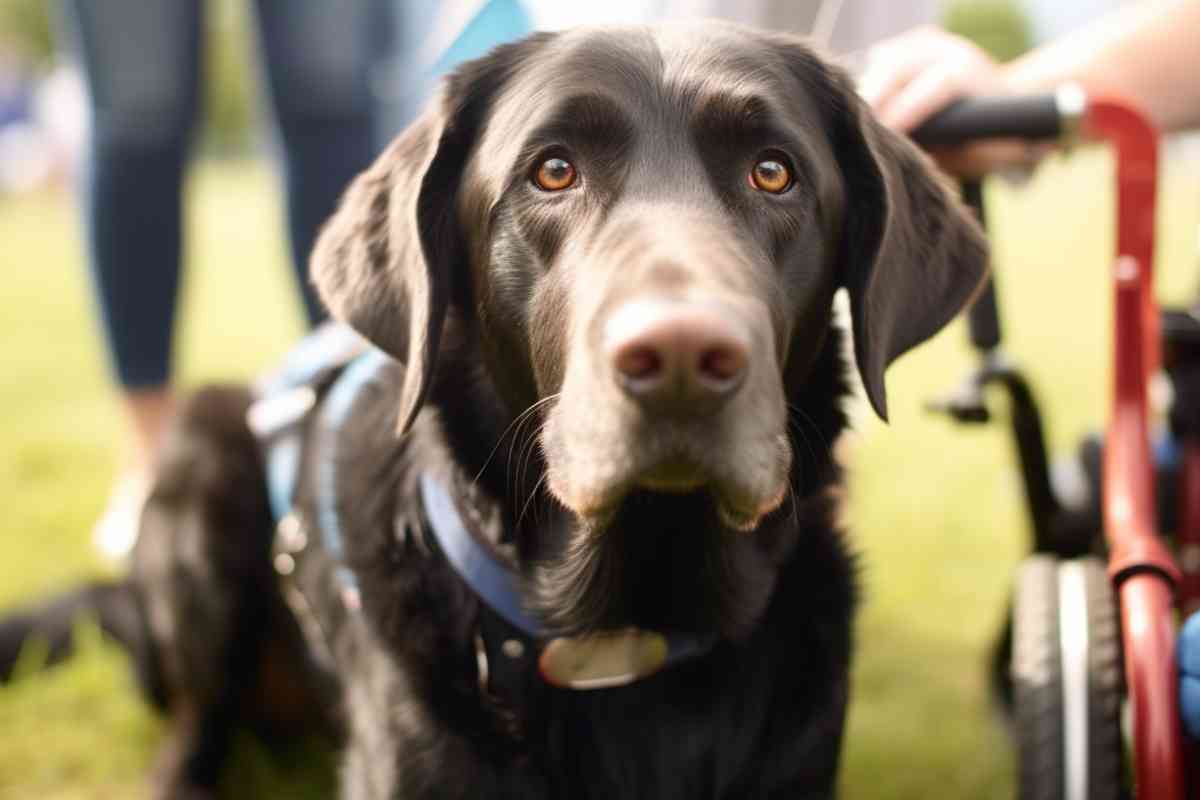
This isn’t about creating a “perfect” dog but producing a Labrador with the right combination of temperament, size, strength, stride, and energy. These characteristics must be closely matched to ensure a successful partnership between the dog and its handler.
Training and Early Exposure
From their earliest days, Labradors destined for service roles undergo specialized training. Puppies are introduced to a plethora of experiences to prepare them for the diverse challenges they might face in the outside world.
They’re familiarized with various sights, sounds, and surfaces, ensuring they grow up to be well-adjusted and fearless. This early exposure includes everyday objects, different tactile surfaces, toys, and even diverse sounds to ensure they are adaptable and resilient.
Cross-Breeding for Excellence
To further enhance the qualities of service Labradors, breeders sometimes cross them with other breeds, like the golden retriever. This cross-breeding aims to combine the strengths of both breeds, producing dogs that are even better suited for service work.
The goal is to harness the best traits from each breed, ensuring the resulting offspring are as equipped as possible for their vital roles.
In conclusion, while many Labradors enjoy life as beloved pets, a special group is bred with a purpose in mind: service.
Through careful breeding, early training, and sometimes even cross-breeding, these Labradors are prepared to take on some of the most challenging and rewarding roles a dog can have.
Labradors in Police and Military Work: Bred for Precision
Labrador Retrievers, known for their keen senses and adaptable nature, have found a specialized role within police and military forces worldwide.
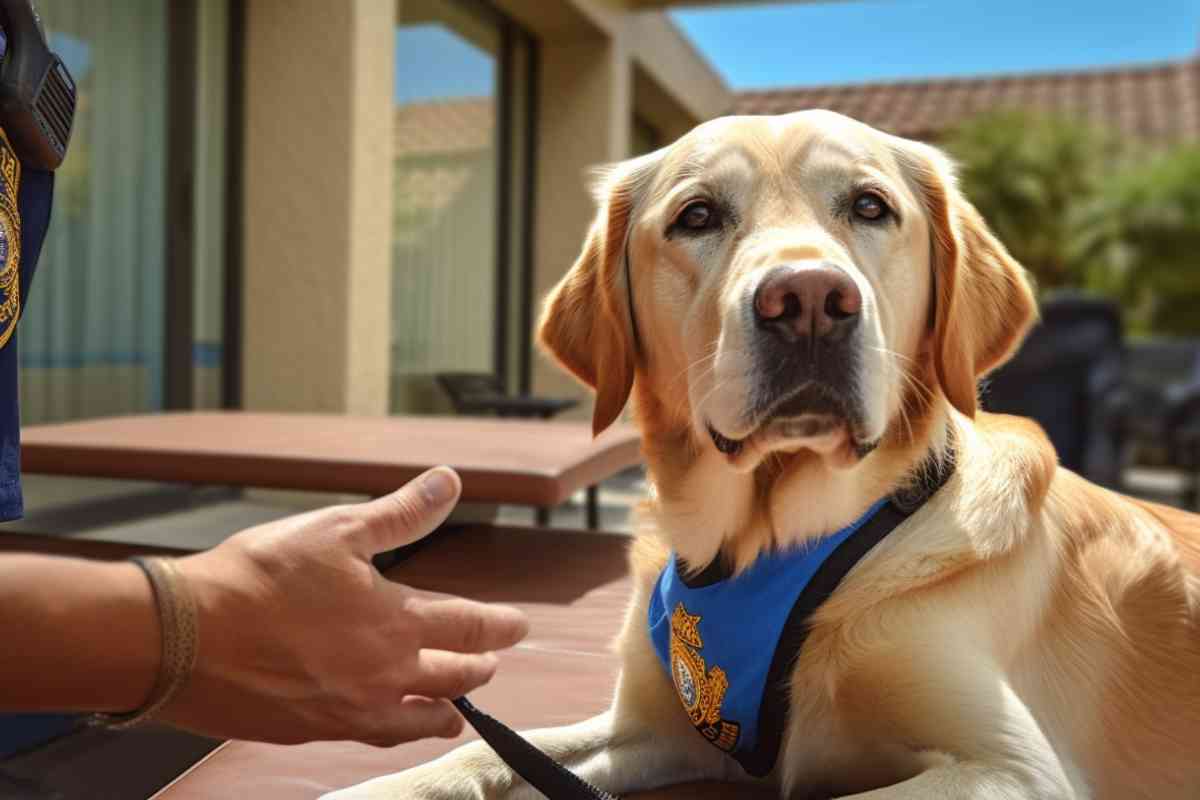
While many might associate police dogs with breeds that have a more intimidating presence, Labradors have carved out a niche for themselves, primarily in the realm of scent detection.
Unlike some breeds that are trained for patrol, protection, or apprehension, Labradors are primarily utilized for their exceptional olfactory abilities.
Their acute sense of smell makes them invaluable in tasks like detecting narcotics, explosives, and even electronic devices. In search and rescue operations, they can trace human scents over vast distances, making them instrumental in locating missing persons or identifying suspicious items in critical situations.
European Breeding Programs
Most of the Labradors used in police and military roles are not just any Labradors; they are the result of specialized breeding programs, predominantly based in Europe.
These programs focus on enhancing the traits that make Labradors such adept scent detectors. By selecting dogs with the highest olfactory sensitivity and trainability, breeders ensure that the resulting offspring are optimized for detection work.
The European breeding programs also emphasize other essential traits, such as temperament, intelligence, and physical stamina.

A Labrador destined for police or military work must not only have an exceptional nose but also the temperament to remain calm in high-pressure situations, the intelligence to follow complex commands, and the stamina to work long hours.
The Three Standard Colors of Labradors: A Glimpse into Canine Genetics
While Labradors come in various shades and patterns, three primary colors are standard within the breed: black, yellow, and chocolate.
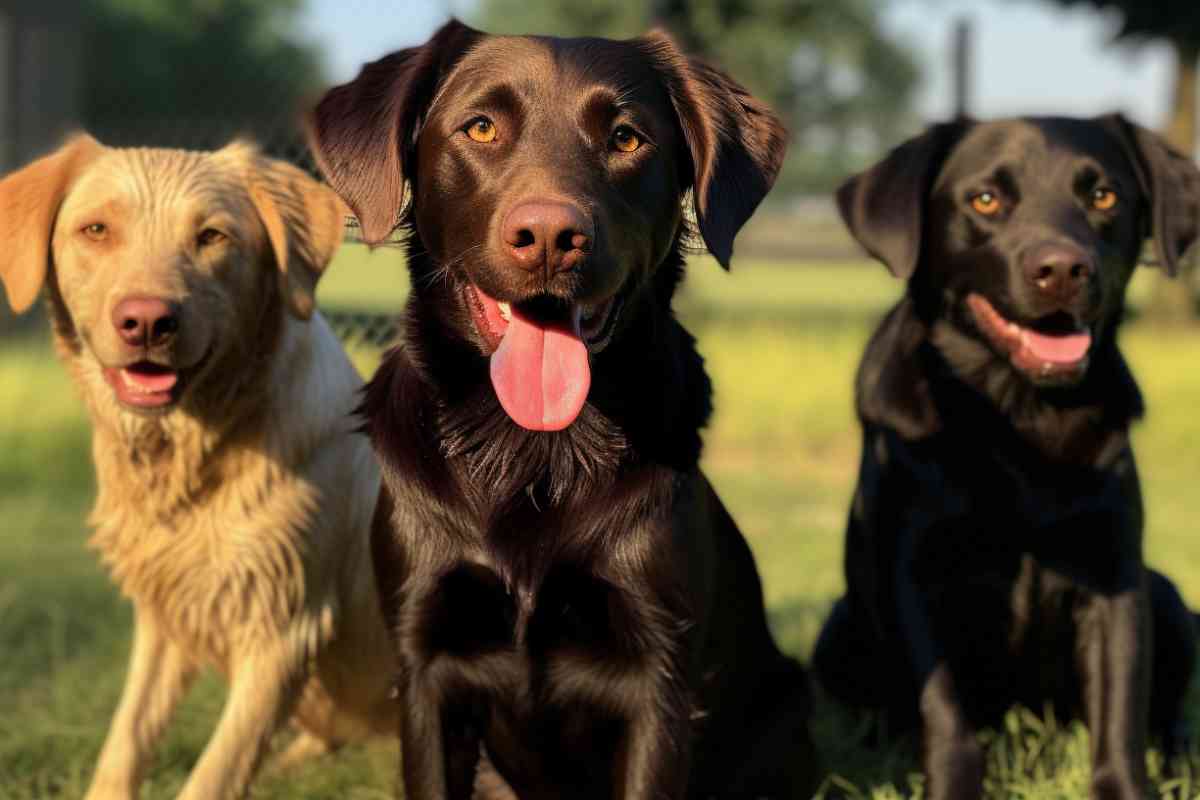
1. Black Labs Black is the dominant color in Labradors, making black labs one of the most common. Genetically, the presence of the dominant gene (B) leads to the black coat color. A Labrador with at least one dominant B gene will be black, regardless of the other gene it carries.
2. Yellow Labs Yellow Labradors can range from a pale cream to a rich golden hue. The expression of the yellow color is due to the recessive e genes (ee). This means that a Labrador must inherit the recessive gene from both parents to exhibit the yellow coat.
3. Chocolate Labs Chocolate Labradors have a warm brown coat, and their coloration is due to the presence of two recessive b genes (bb). While not as common as black labs, chocolate labs have gained popularity over the years.
Genetics and Litter Diversity
The genetics of coat color in Labradors is fascinating. The interplay of the B/b and E/e genes determines the puppies’ colors. For instance, a Labrador with the genotype BBEE or BbEE will be black, while a dog with the genotype bbEE will be chocolate. A Labrador with the genotype Eebb, Bbee, or bbee will be yellow.
Given the combinations of genes that parents can pass down, it’s entirely possible for a single litter to have puppies of all three standard colors. For example, if both parent Labradors carry the BbEe genotype, their litter could potentially have black, yellow, and chocolate puppies.
Controversial Colors of Labradors: A Dive into Genetics and Debate
While the three standard colors of Labradors – black, yellow, and chocolate – are widely recognized and celebrated, there are other colors that have emerged over the years, sparking debate and controversy among breed enthusiasts and experts. These colors include silver, champagne, charcoal, and black and tan.

1. Silver Labs Silver Labradors, a shade of chocolate, have a unique grayish coat. The silver color is believed to be a result of the dilute gene (dd). When two copies of this gene are present, it dilutes the coat’s color, turning black Labradors into charcoal, chocolate Labradors into silver, and yellow Labradors into champagne.
2. Champagne Labs Champagne Labradors are a diluted version of the yellow color, resulting from the presence of the dilute gene. They have a pale, creamy coat that can sometimes be mistaken for a very light yellow.
3. Charcoal Labs Charcoal Labradors are the diluted version of black labs. Like silver and champagne labs, the dilute gene is responsible for this unique coloration, giving them a smoky, dark gray appearance.
4. Black and Tan Labs Black and tan Labradors exhibit a coat pattern similar to Rottweilers or Doberman Pinschers, with a primarily black coat and tan markings on the face, chest, and legs. This coloration is believed to result from a recessive gene, which has been present in the breed for years but is not standard.
The Controversy The primary controversy surrounding these colors revolves around breed standards and genetics. Traditionalists argue that these colors deviate from the breed’s recognized standards, questioning their purity and lineage. Some believe that the presence of these colors indicates crossbreeding with other breeds in the past.
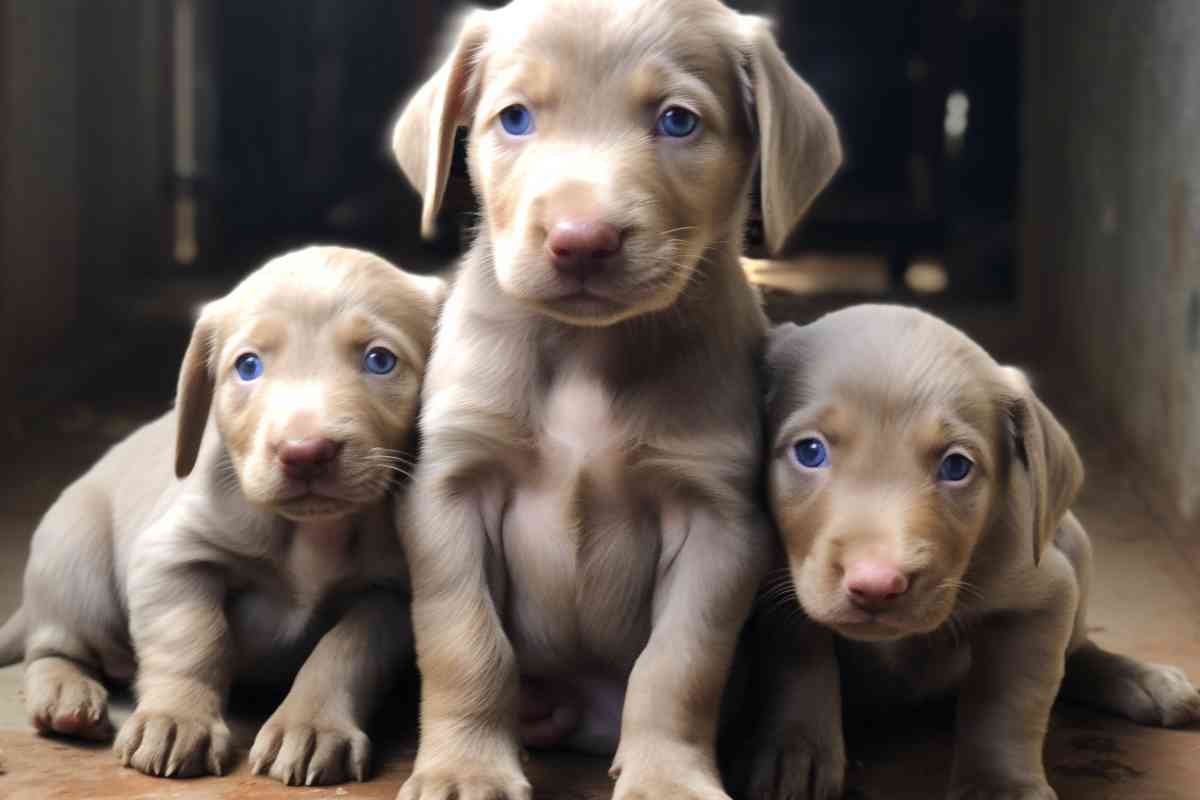
From a genetic standpoint, while the dilute gene is responsible for the silver, champagne, and charcoal colors, its origin in Labradors is debated.
Some claim it’s a recent introduction, possibly from crossbreeding, while others believe it has been a hidden trait within the breed, only emerging due to specific breeding practices.
Black and tan, while less common, also raises eyebrows due to its deviation from the standard solid colors typically associated with Labradors.
Labrador Colors and Breeding Priorities
While Labradors come in a variety of colors, it’s essential to understand that the color of a Labrador’s coat does not inherently determine its temperament, intelligence, or health. All Labradors, regardless of their color, share the same foundational breed characteristics.
However, when breeders prioritize coat color over other essential traits, there’s potential for compromise.

Breeding specifically for a particular color can sometimes overshadow other desirable Labrador qualities, such as temperament, health, and trainability. In such cases, Labs bred primarily for color might not exhibit the same balance of traits as those bred with a holistic approach.
In essence, while color variations in Labradors are fascinating and beautiful, potential owners should prioritize health, temperament, and other breed-specific traits when choosing a Labrador. It’s always beneficial to select a dog based on its overall qualities rather than focusing solely on its coat color.
Conclusion:
The story of the Labrador Retriever is a testament to the breed’s adaptability, resilience, and enduring charm. Whether you’re drawn to the athletic field Labrador, the poised show Labrador, or the myriad colors that paint their coats, one thing remains constant: the Labrador’s unwavering ability to capture our hearts.
As we celebrate the many types of Labradors that grace our homes and lives, we’re reminded of the rich tapestry that makes this breed truly exceptional. In understanding their diverse types, we gain a deeper appreciation for the Labrador Retriever, a dog that has, time and again, proven to be so much more than just a pet.



